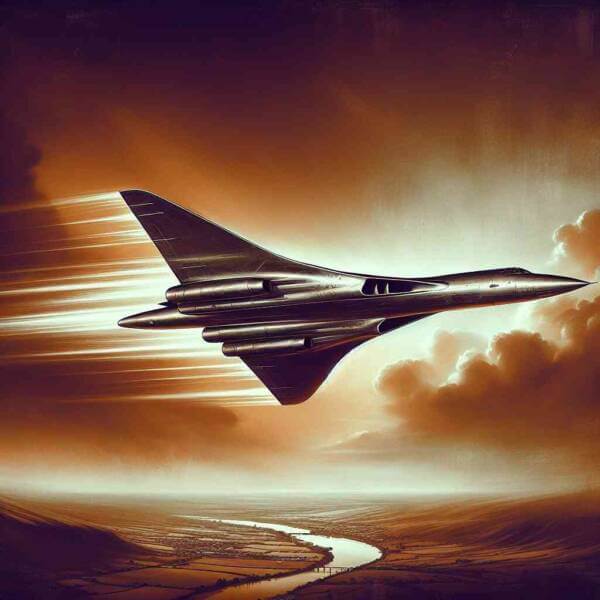
Military aviation is a cornerstone of modern defense strategies around the world.
Today, military aviation encompasses a wide range of aircraft types, from fighter jets and bombers to surveillance drones and transport planes.
The Evolution of Military Aviation
As technology advanced, airplanes were adapted for air-to-air battles, altering battlefield dynamics.
Major milestones in military aviation history include:
- First use of armed aircraft in combat
- Creation of long-range bombers and jets
- Emergence of strategic bombers and nuclear deterrence
- Rise of unmanned aerial vehicles (UAVs)
Each era brought more powerful aircraft that redefined military capabilities.
Main Categories of Military Aviation
Military aviation includes a variety of aircraft, each designed for different roles.
Types of planes used in military aviation:
- Aircraft designed for air-to-air combat
- Bombers
- Transport aircraft
- Eyes in the sky for modern armies
Each type plays a key part in military operations, from striking enemy targets.
Why Control of the Skies Matters
Controlling the skies gives forces the advantage.
Strategic advantages of air dominance:
- Reducing enemy effectiveness
- Targeting infrastructure and logistics
- Gathering critical intelligence
- Psychological impact on enemy forces
Nations with strong military aviation capabilities can defend their interests more effectively.
Advancements Shaping the Future
Military aviation is at the forefront of technological innovation.
Cutting-edge developments:
- Stealth technology
- Missiles and aircraft traveling at speeds greater than Mach 5
- Autonomous drones
- New forms of aerial weaponry
These advancements enhance lethality for air forces worldwide.
Risks and Limitations
From high costs to geopolitical tensions, the road to air dominance is never simple.
Major obstacles to overcome:
- Rising development and maintenance costs
- Need for constant upgrades
- Cybersecurity threats
- Questions about accountability and control
Addressing these challenges is essential for maintaining air power.
Where Military Aviation is Heading
Nations will continue investing in space-based systems to maintain strategic advantages.
Likely developments:
- Greater integration of artificial intelligence
- Military satellites and space-based weapons
- Eco-friendly military aircraft
- Enhanced multinational cooperation
The next era of military aviation will shape the future of global security.
Conclusion
Military aviation remains a powerful force in global defense.
As technology continues to evolve, the skies will here remain a critical arena where military aviation safeguards freedoms.
The future of military aviation is more dynamic than ever — and it’s only just beginning.
 Daniel Stern Then & Now!
Daniel Stern Then & Now! Tatyana Ali Then & Now!
Tatyana Ali Then & Now! Mike Vitar Then & Now!
Mike Vitar Then & Now! Tina Majorino Then & Now!
Tina Majorino Then & Now! Atticus Shaffer Then & Now!
Atticus Shaffer Then & Now!